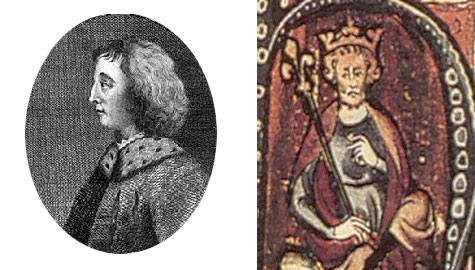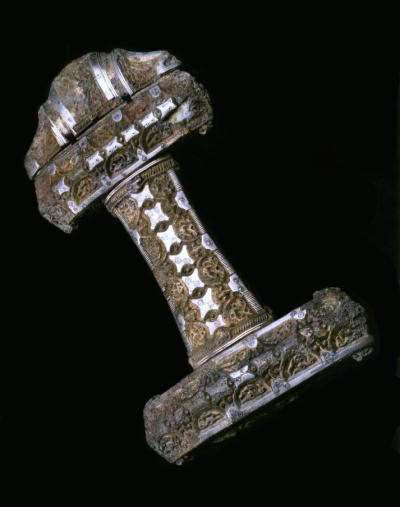Sunday 10 March sees the National Museum of Scotland host its first Wargaming Event, as Clubs from Falkirk and Edinburgh demonstrate how Wargaming can make the study of history fun.
Wargames take many forms and involve many different activities from collecting and painting model soldiers and preparing terrain to fight over, to researching the background of a battle or war you want to fight. All contribute to creating a game which tests the skills of the players and is fun to take part in.
Sunday’s game is inspired by a little known battle from Scotland’s history, one which took place over a thousand years ago in Aberdeenshire. There are no contemporary records of the battle but it left its name on the landscape: Croju Dane, the Slaughter of the Dane, known today as Cruden Bay.
It is said that in the year 1012, a Scots army led by Malcolm II, King of Alba, fought a long and bloody battle against a force of invading Danes led by Cnut, then Prince of Denmark. The battle took place on flat ground near the shore of the bay where the Danes had drawn up their ships. It raged for most of the day and many men on both sides were killed or wounded. When darkness fell, the armies retreated, exhausted, and camped near the battlefield.

When dawn broke next day the sight of the slaughter and many dead caused both sides to pause and reflect. Encouraged by the clerics present, both leaders agreed a truce and a treaty was signed which resulted in the Danes withdrawing their forces, leaving the Scots to bury the dead and erect a chapel dedicated to St Olaf to mark the site.
Malcolm II and his successors went on to fight other battles as the Kingdom of Alba evolved into the Scotland we know today, whilst Prince Cnut became better known to history as King Canute, ruler of England, Denmark and Norway.
As little is known about the actual battle, we have not tried to recreate it but instead used it as inspiration for the game today – a chance to explore what might have been and test your skills as a commander of warriors from the Viking Age.

The figures being used come from the collections of members of the Falkirk District Wargames Club. The eagle-eyed may notice that some of them are more usually to be found in other armies from the period.
The battle will be fought over a 14 foot by 6 foot table using scenic tiles from the Club’s collection. More usually games are played on rather simpler boards or mats and smaller tables. Even an ordinary dinner table can be turned into a battlefield with a little imagination.
For more information on the Club, check the website at www.falkirkwargamesclub.org.uk
Remember: “History can be fun”!